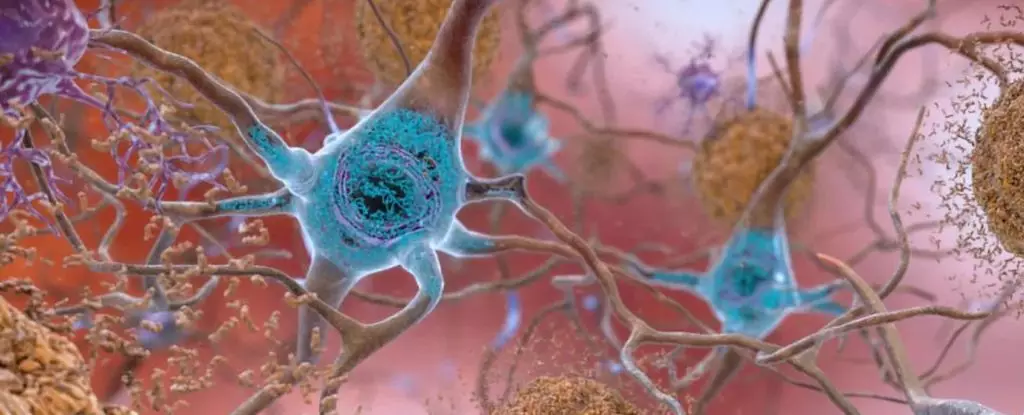Among the myriad of molecules that play a pivotal role in maintaining brain health, one stands out due to its paradoxical nature: a molecule known as BMP (Biosynthetic Membrane Phosphatidic Acid). Despite being a lipid itself, BMP acts as a scavenger for other fat molecules, functioning more like a garbage collector than simply a structural component. For decades, scientists have been baffled by how BMP evades degradation along with other lipids it is associated with. Recent discoveries by Shubham Singh and his research team at the Sloan Kettering Institute in New York have unveiled the mechanisms that enable BMP to thrive despite its lipid origins.
At the heart of BMP’s resilience is its composition, which is significantly influenced by the structural characteristics imparted by a pair of enzymatic molecules. Singh and his colleagues have demonstrated that BMP’s resistance to degradation hinges on the unique “handedness” of its molecules—specifically, that BMP is a left-handed lipid in a world dominated by right-handed counterparts. This distinction is crucial, as it affects both its biochemical properties and its interactions with other cellular components.
The research elucidates how abnormal levels of BMP have been correlated with an increased risk of dementia, especially in forms such as Alzheimer’s disease. Notably, individuals suffering from frontotemporal dementia show significantly reduced BMP levels, thus allowing harmful lipids known as gangliosides to accumulate in the brain. These gangliosides can reach toxic levels, leading to gangliosidosis, a condition notorious for wreaking havoc on neurons in both the brain and spinal cord.
The rise in dementia cases—surpassing 10 million new diagnoses each year globally—highlights the urgency of understanding the biological mechanisms underlying cognitive decline. Symptoms such as confusion, memory lapses, and communication challenges directly impact not just those afflicted, but their loved ones as well. Therefore, gaining a deeper understanding of lipids like BMP can potentially illuminate pathways that lead to better management strategies for these currently incurable conditions.
Singh’s analysis further ties the fate of BMP to the actions of specific enzymes, particularly PLD3 and PLD4, located in lysosomes where BMP is synthesized. These enzymes facilitate the conversion of glycerol 3-phosphate, a foundational molecule for lipid biochemistry, into BMP. Changes to the functioning of either enzyme can significantly alter the levels of BMP in cells—a discovery that could be monumental in understanding why certain genetic mutations, particularly in PLD3, are associated with a reduced BMP output and consequently increased risks of neurodegenerative disorders.
As researchers delve deeper into the complexities of brain biochemistry, understanding the nuances of BMP’s role could pave the way for new therapeutic avenues. By elucidating how dysregulation of BMP production is linked to various forms of dementia, scientists may be better equipped to devise strategies for managing or even preventing these conditions. The realization that BMP’s structural uniqueness plays such a critical role opens the door to investigating additional molecular players involved in lipid metabolism and their respective influences on neurodegenerative diseases.
Jeremy Baskin, a cell biologist from Cornell University who was not involved in Singh’s study, reflected on the surprise surrounding the identification of PLD3 and PLD4 as BMP producers. This discovery underscores the dynamic nature of lipid biochemistry and the need for continuous investigation into the roles of different molecules. As the landscape of brain health research evolves, it becomes increasingly clear that thorough understanding of interconnected pathways is essential to unraveling the mystery of dementia.
The groundbreaking research conducted by Singh and his team provides a significant leap in our understanding of BMP and its multifaceted role in brain health. As the incidence of conditions like Alzheimer’s and frontotemporal dementia continues to rise, the findings not only illuminate the critical paths that lead to cognitive decline but also extend a hopeful message regarding the potential for future therapeutic strategies rooted in lipid biochemistry. The continuous unraveling of these complex biological pathways retains the promise of finding new methods to combat the debilitating effects of dementia, bringing both hope and a deeper understanding to the ongoing struggle against these diseases.


Leave a Reply